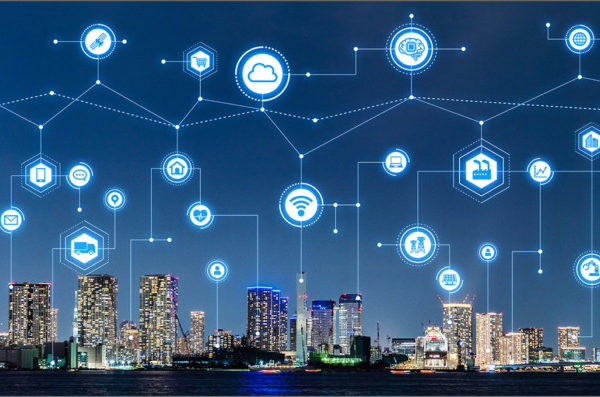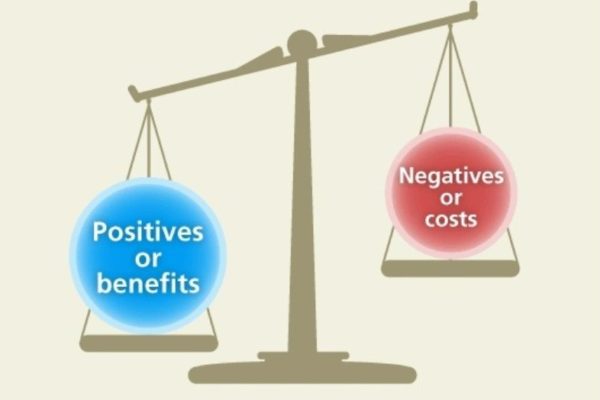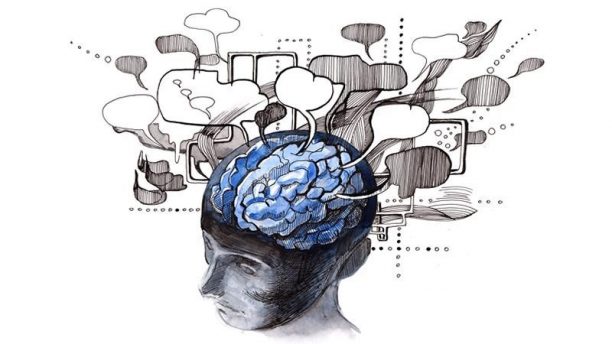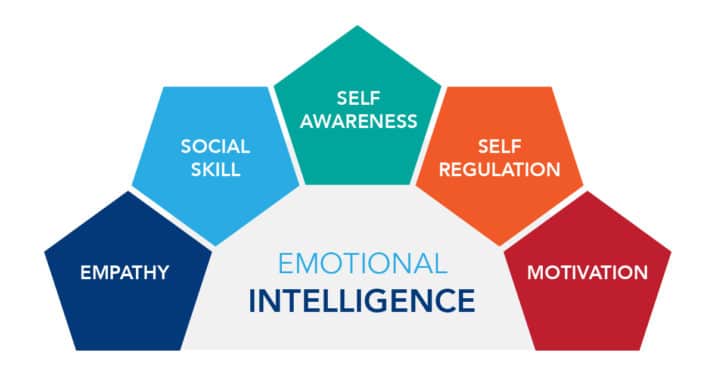With our increasingly complex business world, it’s clear that organizations require constant change. A transformational culture promotes a high-performance organization that easily adapts to changing environments.


Unfortunately, most businesses have a hard time implementing a change process successfully. This requires high self-awareness and impulse control to navigate the intense emotions associated with change.
This article highlights a potential reason change can be challenging and how adopting a transformational culture can help your business thrive.
What Is A Transformational Culture and Why Is It Important?
A transformational culture is a people-centered environment. Instead of allowing chance to dictate your culture, reinforcing a transformational culture fosters an organization that easily adapts to change.
Culture has a tremendous influence on your organization’s success or failure.
For instance, culture gives employees a sense of stability in an ever-changing environment. Shared beliefs, values, and behaviors make employees feel like they belong to the group, which provides a sense of security.
An organizational culture fulfills some of the basic human needs at a deeper level.
Therefore, it would be wise to instill values that complement complex and dynamic business environments based on how influential culture is to employees’ identity and standing within the group.
High-performance teams consist of members that have learned how to remain flexible and resilient.
Conversely, change disrupts the sense of security within stagnant groups, resulting in emotional highs and lows.
What makes change processes complex is employees experience various emotions at different times.
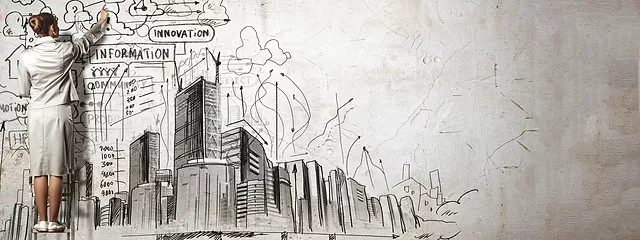

The “Rollercoaster of Change”
The Center for Strategic Management initially introduced this metaphor, which describes three stages of emotional highs and lows employees experience throughout the change process.
Alan Landers (2000) modified this model to highlight the various emotions associated with the three stages of transitions identified by William Bridges.
The three stages include The Ending, The Neutral Zone, and New Beginnings.
The Ending
This stage involves a grieving process.
Change is associated with feelings of loss – employees will most likely experience fearing a loss of control since their sense of security is disrupted. Employees will feel insecure about their standing within the group, leadership, and the organization.
Employees fill in their knowledge gaps with assumptions while trying to make sense of the unknown. Morale inevitably declines as misconceptions spread among employees. Leaders must allow employees the space to express concerns to mitigate this risk.
Promoting open communication throughout the change process will allow employees to feel safe to express concerns and fears. This also allows leaders to disprove misconceptions while promoting the need and purpose for change.
A helpful strategy to promote rapport and trust is to include employees while creating a new vision for the future.
The Neutral Zone
The beginning of this stage involves apathy, uncertainty, and insecurity. Employees are slowly coming to terms with accepting the new normal.
An essential part of this stage is maintaining faith that the situation will eventually improve.
After employees adjust to their new responsibilities, confidence will slowly develop. They will be open to new ideas and participate in the collaboration.
Morale will slowly improve after employees notice improvements from the new processes.
Having an influential sponsor within this stage is critical. They must continuously communicate and reinforce the need and purpose for the change.
Progress will be lost if employees sense that upper-level leadership doesn’t own the new process.
New Beginnings
This stage involves refining new skills and processes.
Employees are learning new skills, and their sense of security is slowly returning. They are adjusting to the new way of doing things and feel a sense of pride and accomplishment

A powerful way to reinforce the change process is by rewarding employees who model the desired behavior.
Leaders must consistently reinforce the desired change. Updating training materials, job descriptions, policies, and performance appraisals with the new way of doing things is a helpful strategy.
As you can see, managing the “rollercoaster of change” can be incredibly challenging.
Thus, the simplest way to condition continuous improvement is to promote values that support resilience and innovation. In other words, adopting a transformational culture.
Perhaps sometime within the near future a certain IO psychologist will propose such a model.
Conclusion
A transformational culture is a relatively new concept. This type of culture allows flexibility and adaptation during continuous change.
In contrast, change initiatives within stagnant groups can be extremely challenging and time-consuming.
By adopting this mindset, organizations will be better prepared to deal with the unpredictable nature of our changing global environment.
If you would like to learn more about our consulting services, please visit our website.
I post new articles every Tuesday and Thursday and update my podcast: The Emotionally Intelligent Leader every Monday, Wednesday, and Friday.
Bianca Cardenas, M.S., Ph.D., is a Fellow in Executive Assessment and Consulting with Leadership Worth Following. Dr. Bianca Cardenas empowers leaders to transcend competition by helping them unlock their people's potential.













